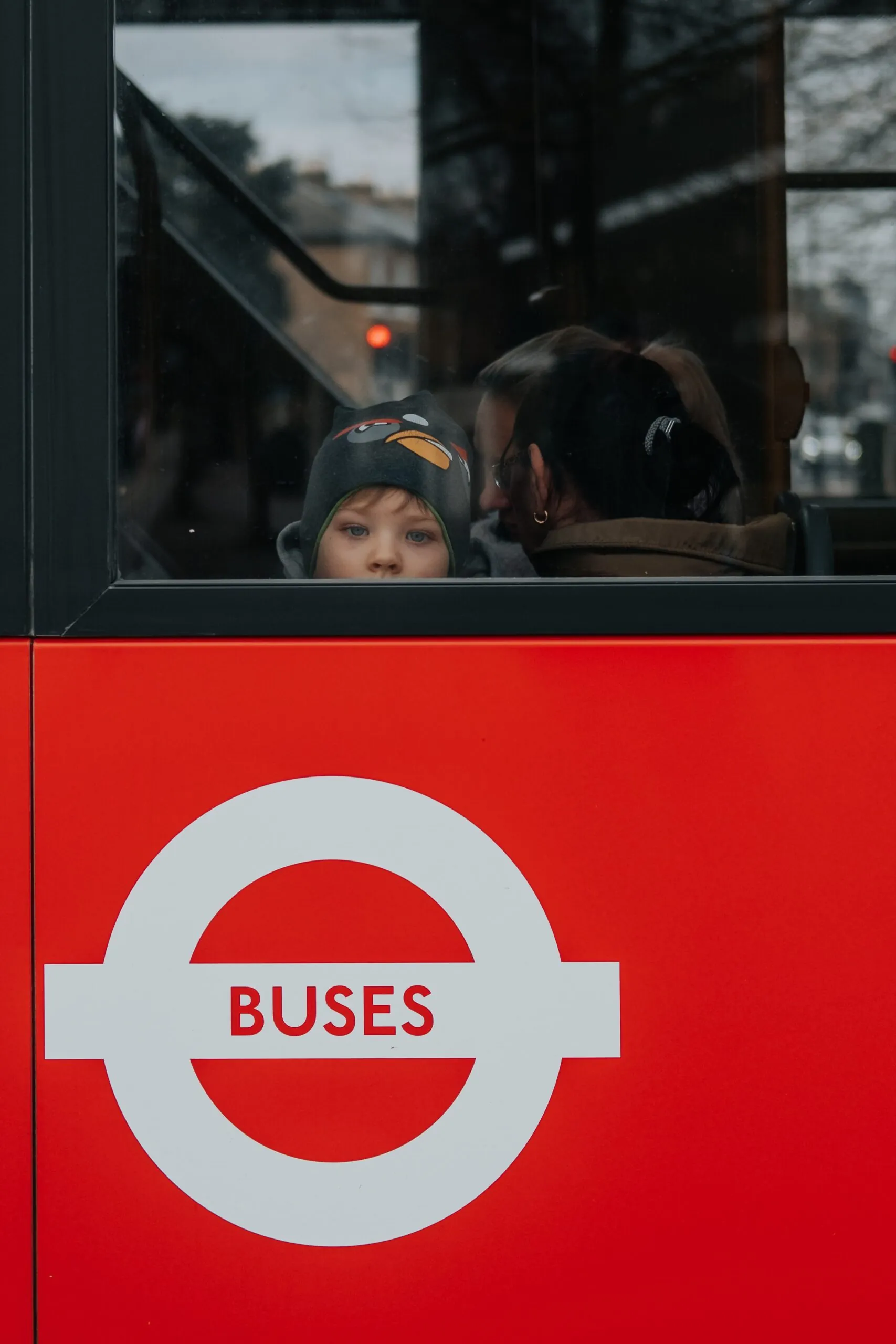New analysis: benefit capped households set to double

Policy in Practice has been commissioned by the Greater London Authority to analyse the interaction between the COVID-19 increase in benefits introduced in April 2020 as part of the COVID-19 response and the benefit cap. Our findings show that benefit capped households are set to double.
Read The interaction of COVID-19 measures and the Benefit Cap on low-income Londoners
Read Greater London Authority’s new release Mayor calls for urgent lifting of benefit cap
In March 2020, the government announced a series of financial measures in response to the COVID-19 pandemic and increased the level of support available to households receiving means-tested state benefits. The government increased support for those in receipt of Universal Credit or Tax Credits by increasing the personal allowances by £20 per week. It also raised the maximum support available to private renters by aligning Local Housing Allowance (LHA) rates to the cheapest 30% of market rents.
Key findings on why benefit capped households are set to double
- The April 2020 COVID-19 increases in benefit awards have not fully reached the households who should benefit the most because of the benefit cap. Households who were already capped have not received increases worth £219 per month, on average. Private sector renters with children who were already capped will not receive increases worth £431 per month, on average. Households who have become capped will not receive increases worth £185 per month, on average. Private sector renters with children who have become capped will not receive increases worth £400 per month, on average.
- 22,300 existing claimants in London will not see an increase in income as a result of the new measures introduced from April 2020. 11,700 are on legacy benefits, 10,600 are on Universal Credit.
- 22,000 existing claimants became capped as a result of April 2020 COVID-19 increases. This means that 44,300 households in London are now subject to the benefit cap, following the new measures introduced. More households in outer London have been capped than inner London. Benefit capped households are set to double as a result of the interaction of the COVID-19 measures and the benefit cap.
- The journey back to work for people recently unemployed may not be straightforward. If everybody who was furloughed returns to work then 173,000 could remain unemployed, 25,300 of whom would be subject to the benefit cap. If nobody who was furloughed returns to work then 436,000 could remain unemployed, 63,700 of whom would be subject to the benefit cap.
- Between 2,000 and 9,000 households on legacy benefits whose earnings fall due unemployment may become subject to the benefit cap in 2021.
Welcome increases in benefits are hitting a static benefit cap
The benefit cap will substantially limit the beneficial impact of the government’s April 2020 COVID-19 increases in benefit support introduced as a response to COVID-19. The benefit cap was originally introduced as a means of increasing fairness between those in work and those not in work, and as an incentive to out of work households to increase working hours.
Currently, work is no longer an option for some households due to distancing measures, and households may not have the opportunity to immediately change their circumstances due to the economic fallout from COVID-19. The objectives of the cap are therefore not obvious during the COVID-19 crisis. In light of this, it is questionable whether it is fair that some households do not see benefit increases intended to help the most vulnerable through the economic fallout of COVID-19.
By retaining the benefit cap, the government has limited the effectiveness of the benefit increases that formed part of the COVID-19 response. Households whose support is already limited by the cap will see no increase in income at a time of widespread financial vulnerability. A large additional group of current claimants will see their benefit awards reduced by the cap for the first time, curtailing the support provided to them by the April 2020 COVID-19 increases.
Households that move to Universal Credit who previously worked for a year are protected from the benefit cap for nine months. Once this protection ends, many more households will become subject to the benefit cap by 2021.
Benefit capped households set to double due to unemployment
The unprecedented surge in unemployment and resulting benefit claims as a result of COVID-19 also means that the number of households whose incomes are limited by the benefit cap is set to increase dramatically. Depending on the level of economic recovery (especially the employment trajectories of furloughed workers leaving the Coronavirus Job Retention Scheme), our modelling suggests that London could see anywhere between 25,300 and 63,700 households subject to the benefit cap in 2021.
As well as households that become unemployed for the first time, there will also be households currently in receipt of means-tested benefits that will experience a loss in earnings, making them subject to the benefit cap as they will no longer meet the earnings threshold. It is estimated that between 2,000 and 9,600 of current legacy households could become capped as a result of this.
Temporary discretionary support is not the answer
At present, much of the financial burden imposed by the benefit cap is shouldered by local authorities via Discretionary Housing Payments (DHPs). With anything from a 190% to 480% increase in projected unemployment due to COVID-19, DHP awards alone are unlikely to counteract the full impact of the benefit cap on household incomes.
If local authorities are to support an increased caseload through DHPs, it is likely many will be required to increase the size of their DHP pot. Local authorities have received some additional discretionary funding through the COVID-19 Hardship Fund, but for many this will be entirely spent topping up Council Tax Support payments. For those local authorities that do have some remaining Hardship Fund, the amounts left over are unlikely to be sufficient to cover the increasing number of households subject to the benefit cap.
Even if DHP pots were increased, the scheme primarily relies on claimants applying for additional support, meaning that support is distributed amongst those that request it and not necessarily distributed to those most in need. For local authorities, the discretionary nature of DHPs can be administratively cumbersome and allocation can be subjective.
DHPs are intended to be a temporary measure that helps households cover rent costs whilst finding more affordable accommodation. With the COVID-19 lockdown restrictions in place, households are not in a position to move to cheaper housing. As a result, DHPs risk becoming an ongoing benefits top-up drawn from local authority funds, rather than the short-term discretionary support fund they were intended to provide.
Local authorities need access to new data to act preventatively
Local authorities may be able to use their own administrative data to identify and support households eligible for a DHP. However, local authorities have very limited access to Universal Credit data. With over one million new claims for Universal Credit since the outbreak of COVID-19, local authorities will be limited in their ability to proactively support the vast majority of households now in receipt of Universal Credit.
Policy in Practice recommends removing or lifting the benefit cap, even temporarily
The COVID-19 increases in benefit support offer many households a much-needed income boost at a time of extreme financial vulnerability. Unfortunately, the continued presence of the benefit cap means that for an increasing number of households, the effects of these measures will be limited, or never felt at all.
Removing or lifting the cap would ensure that more households in receipt of means-tested benefits would benefit from the measures introduced as a response to COVID-19. Local authorities have traditionally plugged the gaps in welfare support through DHPs, local welfare provision, and homelessness support. It is unlikely that councils could support households affected by the benefit cap if numbers were to increase substantially. In addition, local authorities’ lack of access to detailed administrative data on households receiving Universal Credit limits their ability to proactively target households affected by the cap.
Reducing or removing the cap is also necessary if the government is to fully commit to a co-ordinated public health and economic response. Amending the cap would help keep households from having to make difficult choices between maintaining their income and ensuring the safety of their families.
Policy in Practice recommends that the government removes or lifts the benefit cap. This would help ensure that low-income households are not forced to choose between financial stability and personal safety. A government response to the limitations imposed by the benefit cap would also reduce the burden of support placed on London boroughs, allowing them to concentrate resources on protecting their most vulnerable residents.
Understand the impact of the benefit cap in your area
The impact of the benefit cap varies in different local authority areas. To understand how low-income households are impacted in your area contact hello@policyinpractice.co.uk.




